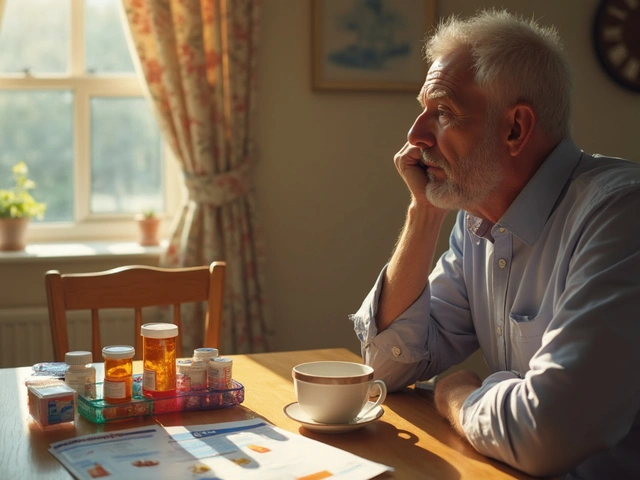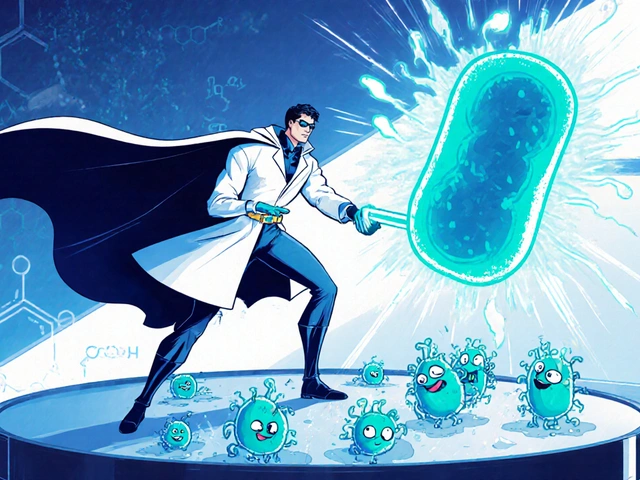Bacterial Vaginosis Treatment: What Actually Works?
Think you might have bacterial vaginosis (BV)? You’re not alone. It’s one of the most common vaginal infections out there, and if you’ve noticed thin, grayish discharge or a fishy smell, it’s probably on your mind. The real headache with BV is how it can keep coming back, but there are tried-and-true ways to deal with it—and even lower your chances of seeing it again.
First up: see your healthcare provider. There’s no sugarcoating this—self-diagnosing BV is a gamble since symptoms overlap with other infections. A quick test and a chat with your provider can save you time and stop unnecessary worry. They’ll likely recommend antibiotics, which, despite all the online chatter about yogurt or vinegar rinses, are the only proven cure. Metronidazole (oral tablets or gel) and clindamycin (cream or gel) are the most common options. Oral or topical, both knock out the bacteria (not yeast!) causing the trouble.
Worried about side effects? Most people handle these meds just fine, but stomach upset and a weird metallic taste aren’t uncommon with metronidazole. No alcohol during treatment—mixing the two can make you sick. If the gel or cream is prescribed, some women notice a mild burn or discharge, but that’s usually mild and temporary.
Already tried antibiotics and BV keeps coming back? You’re not imagining it—recurrence rates are high. Some doctors prescribe longer courses, switch up the medication, or even talk about using probiotics specifically for vaginal health. The evidence on probiotics isn’t ironclad yet, but a few real-world users swear by adding a Lactobacillus supplement or yogurt to their daily routine. It won’t cure BV, but it might tip the balance in your favor for future flare-ups.
What about things you can do at home? Use gentle, unscented soaps, avoid douching, and skip scented products down there. Changing condoms and avoiding new sex partners during treatment can also help—semen alters vaginal pH, and bringing new bacteria into the mix makes things harder to fix. If your partner has a penis, they typically don’t need treatment (unless the infections keep cycling), but same-sex partners with vaginas might need to get checked too.
If you want to buy BV treatment online, be smart—stick to licensed pharmacies and avoid sketchy websites. Anything promising a guaranteed cure without a prescription smells fishier than BV symptoms. Always double-check credentials and reviews, and steer clear of miracle products with no medical backing.
Bacterial vaginosis isn’t a sign you’ve done anything wrong—it’s simply about biology and a sensitive balance. With the right antibiotic, practical self-care, and a bit of patience, most people get back to normal fast. If symptoms persist or keep reappearing, don’t settle—follow up with your provider for the next step. There’s no reason to tough it out alone or keep guessing about what comes next.
Solosec vs Flagyl: Efficacy, Safety, and Clinical Data for Optimized Antibiotic Choices
When selecting between Solosec and Flagyl for bacterial vaginosis or trichomoniasis, the decision is more complicated than it seems. This article digs into the clinical trial data, efficacy rates, side-effect profiles, and practical tips for guiding patients through therapy. You'll find an up-close comparison that helps clinicians and patients make better choices, using real-world facts and recent stats. If you want nuanced, human advice about antibiotics, it's all here.
View More




